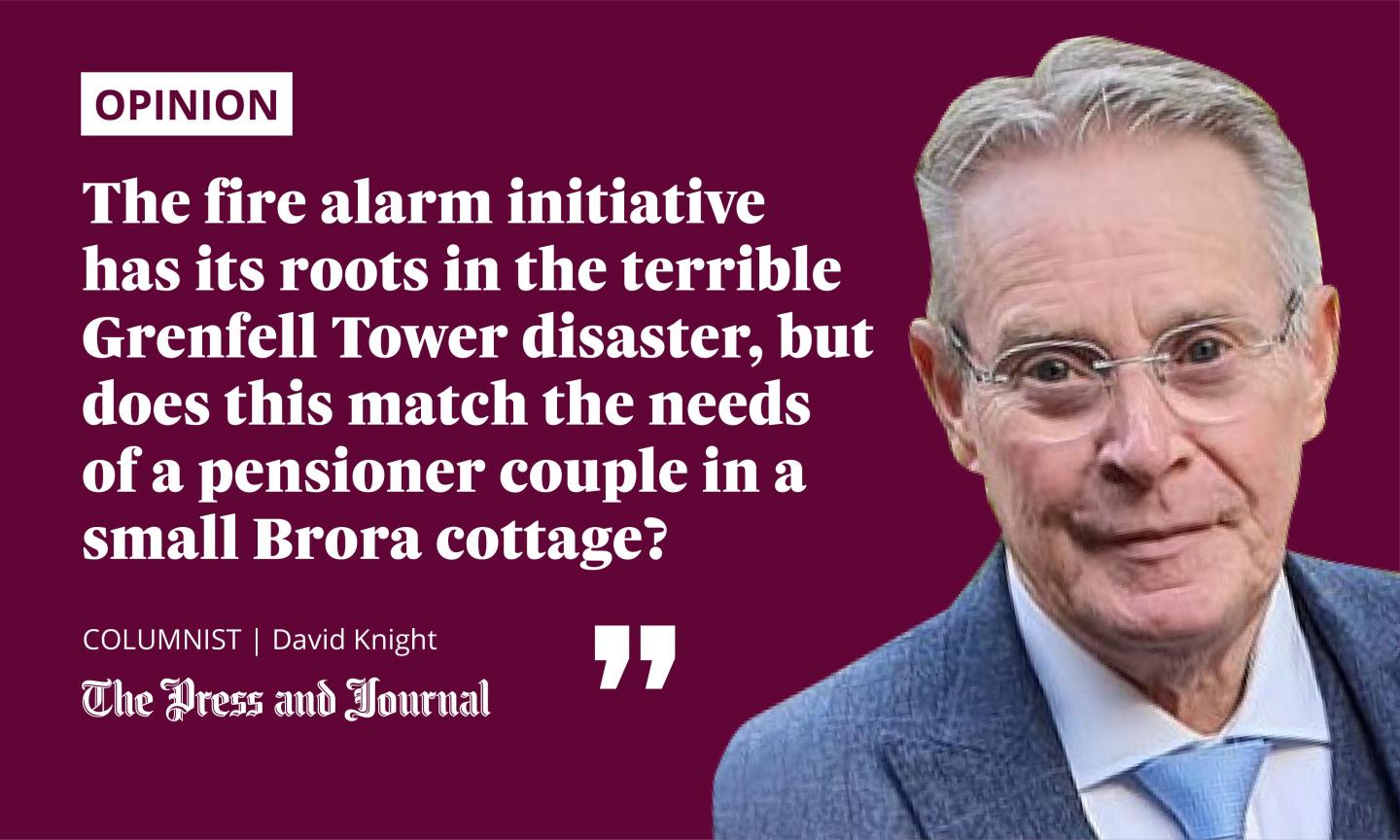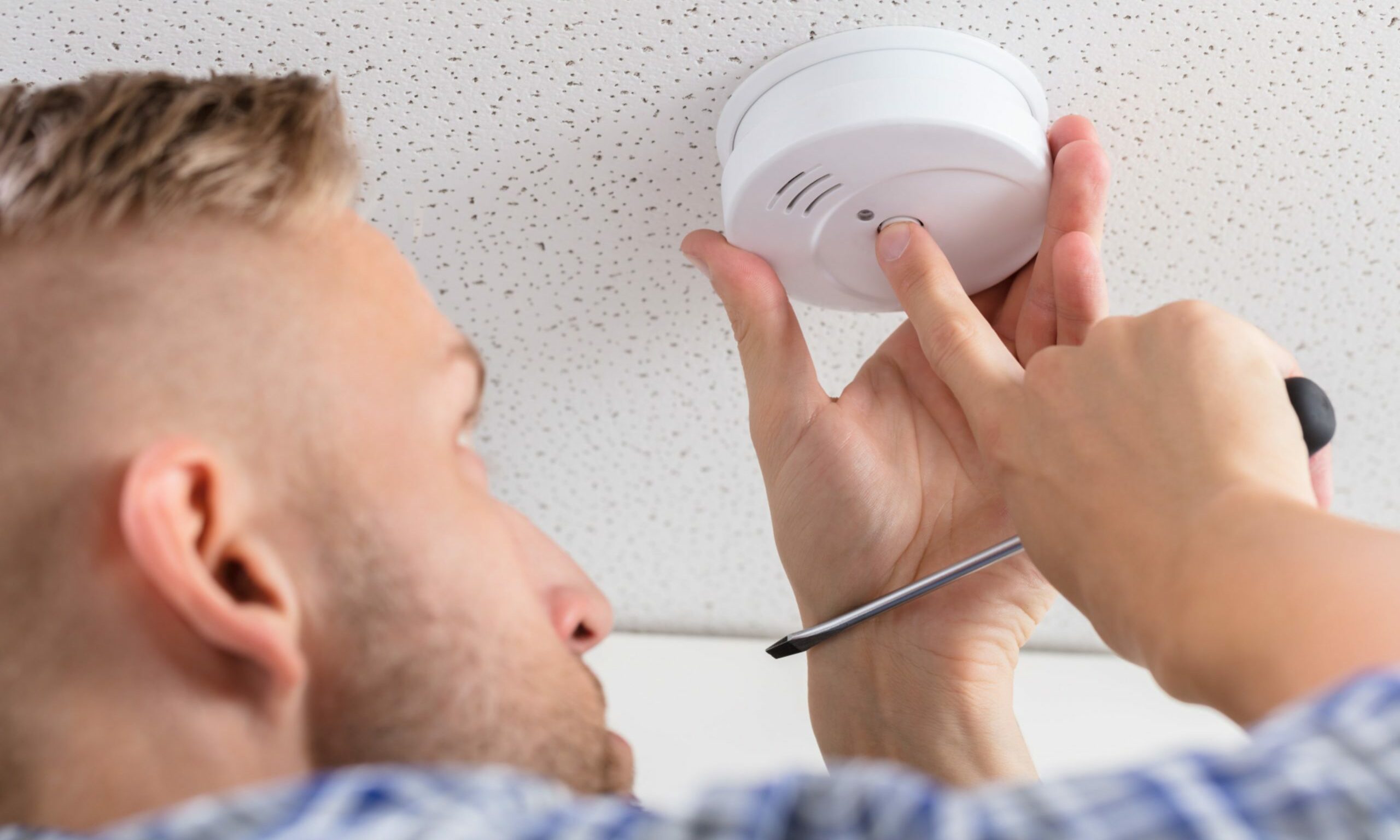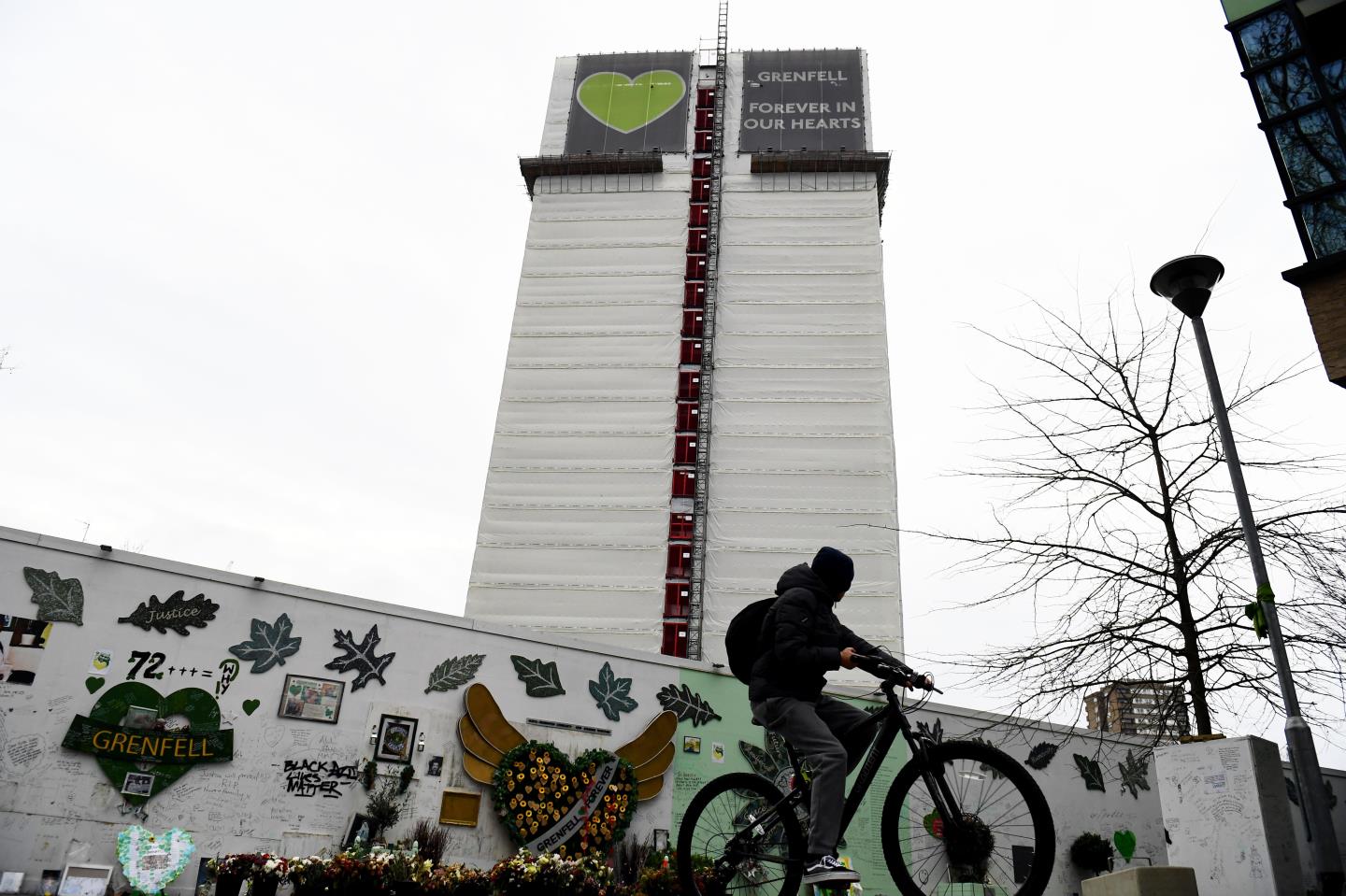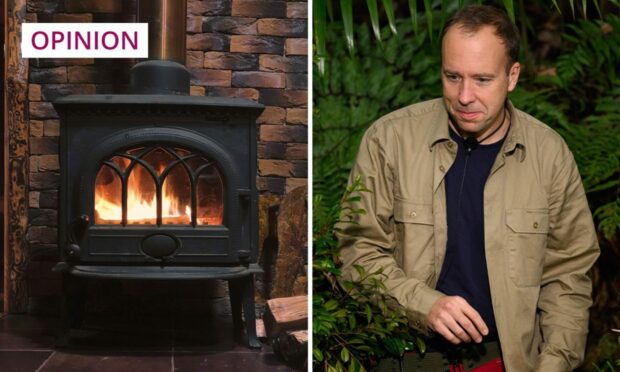I know my fire alarms are working OK because they go off at least twice a week when we cook fry-ups in our kitchen.
It’s not very scientific, but strangely reassuring, nonetheless.
Pandemonium breaks out because our dog hates the piercing noise and she runs around barking in all directions. I do something similar as I search frantically for my favourite pillow from our sofa.
I shake it vigorously around the smoke alarm, which is stationed at the bottom of the stairs next to our kitchen, until the offending fumes subside and peace is restored.

We have several around the house with changeable batteries, which have an annoying habit of bleeping all night long to warn us when they are running out of power so we replace them. It’s a system which has served us well for nearly 30 years without fire breaking out.
But, Scottish Government guidance from the start of this month demanded we shell out cash to buy new interlinked wifi detectors.
Well-intended policy flounders against sharp rocks of public opinion
I was going to use the word “regulations” rather than “guidance”, but it is on this very point that the government’s latest well-intended flagship policy floundered against the sharp rocks of public opinion.
Such was the backlash over being forced to fit expensive new alarms in the midst of pandemic and record-breaking inflation that what appeared to be a regulation retreated temporarily into merely a suggestion.
“We urge everyone to get this done, but no one will be dragged into court if they don’t,” became the official line – for now, that is. It sounded very soothing, but typical of the confusion and ambiguity shadowing this controversial policy’s stop-start process.
Vague yet ominous official warnings followed over not switching: our house and contents insurance might go up in smoke if we didn’t check the small print. I did just that a few days ago; the advisor on the other end of the line at my insurance company was quick to reassure me.
“I’ve had a few calls from clients in Scotland recently over this,” she told me. “But it seems a bit of a scare story, to be honest.
“There is no requirement in our buildings and contents policy to disclose arrangements over fire and smoke alarms. We only check if you have a burglar alarm as part of a general assessment of security.”
But how long will that position last?
Not a ‘one size fits all’ situation
Panic laced with annoyance lingers for inflation-hit families who cannot afford newfangled alarms, or those who object to nanny state interfering again in their domestic arrangements.
I am all for making our homes as safe as possible, but it should be done through gentle persuasion; left to personal choice and common sense
This sense of anxiety is fanned by a TV advert beamed into homes in Scotland every day, warning us to comply with the new rules. It offers a dizzying range of self-fit alarm packages, from a basic price of £120 upwards.
The voiceover announces: “We are here to make it easy” – a phrase which told me instantly that this particular advert could not be mistaken for a Scottish Government message.
You can’t blame a private alarm company making hay while the sun shines. But, it made me wonder if they prepared all this in advance, before the government backtracked over the difference between “must comply” and “please comply”.
I am all for making our homes as safe as possible, but it should be done through gentle persuasion; left to personal choice and common sense, not the clumsy, heavy hand of government.
The initiative has its roots in the terrible Grenfell Tower disaster, but does this match the needs of a pensioner couple in a small Brora cottage? It’s little wonder that a P&J poll 10 days after new guidance came into force showed less than a third of respondents had fitted new alarms.
Call in the experts
I wish Ms Sturgeon had asked Fireman Sam to handle the public campaign. Most parents – and grandparents, like me – are very familiar with the adventures of this animated children’s hero.
A little tweaking of one episode – Magic Norman – might have done a better job in raising public awareness.
Village bad boy, seven-year-old Norman Price, puts on a magic show, but requires extra power for his bangs and flashes. Unfortunately, he overloads electrical sockets and, to cap it all, removes batteries from a smoke alarm to boost output.
Sockets blow, the disabled alarm fails to detect clouds of smoke and the fire brigade rescues Norman’s assistant, who was left trapped in a trick box as he fled the blaze.
Yes, kid’s stuff, but much more memorable for the right reasons and less alarming than the current fiasco.
David Knight is the long-serving former deputy editor of The Press and Journal


















